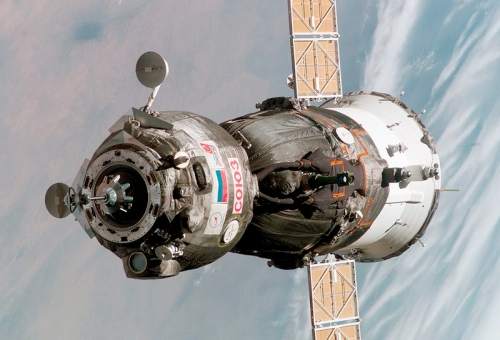Moscow is abandoning plans to design and build a two-stage Rus-M carrier rocket that would have replaced the aging Soyuz by 2015.
Citing budgetary constraints, Roscosmos head Vladimir Popovkin told Russian legislators the space agency “did not need a new rocket” and would continue using those already in service.

Popovkin also downplayed Russia’s role in ferrying U.S. astronauts to and from the International Space Station (ISS).
“I honestly do not think it should be seen as a major achievement for us that we are the only ones fully supporting [flights to] the International Space Station,” he said.
“While other countries are working on new [spacecraft] we are forced to focus on the production of well-reputed but comparatively old spacecrafts Soyuz and Progress.”
In addition, the Roscosmos chief dismissed speculation that Moscow had set its sights on Mars, saying the space agency would make exploration of the Moon, rather than the red planet, its top priority.
“The prospect of flights to asteroids and Mars is far off and their realization depends not only on the economic development of the country but technological progress,” he added.
As TG Daily previously reported, the recent crash of an ISS-bound space freighter seems to have prompted Russia to roll back at least some of its space ambitions. For example, Moscow is now considering the possibility of ending its permanent human presence in space.
“Perhaps in the future, we will not need a constant manned presence in lower Earth orbit [like the International Space Station],” Roscosmos deputy director Vitaly Davydov said in August.
“We don’t exclude the possibility of returning to the concept of DOS (long-term orbital) stations that we had before stations with constant human presence.”
According to Davydov, classic Soviet-era space station designs, which included the Salyut, served as a base for incoming ships, and were not meant to act as permanent structures.
Davydov’s comments, while not entirely unexpected, clearly mark the end of an era during which both the United States and Russia placed an emphasis on maintaining manned space flight capabilities.
It should be noted that China recently launched its Tiangong 1 (“Heavenly Palace”) space laboratory into orbit. The module represents the first element of Beijing’s plan to develop a manned space station, which could theoretically be fully operational by 2020.






